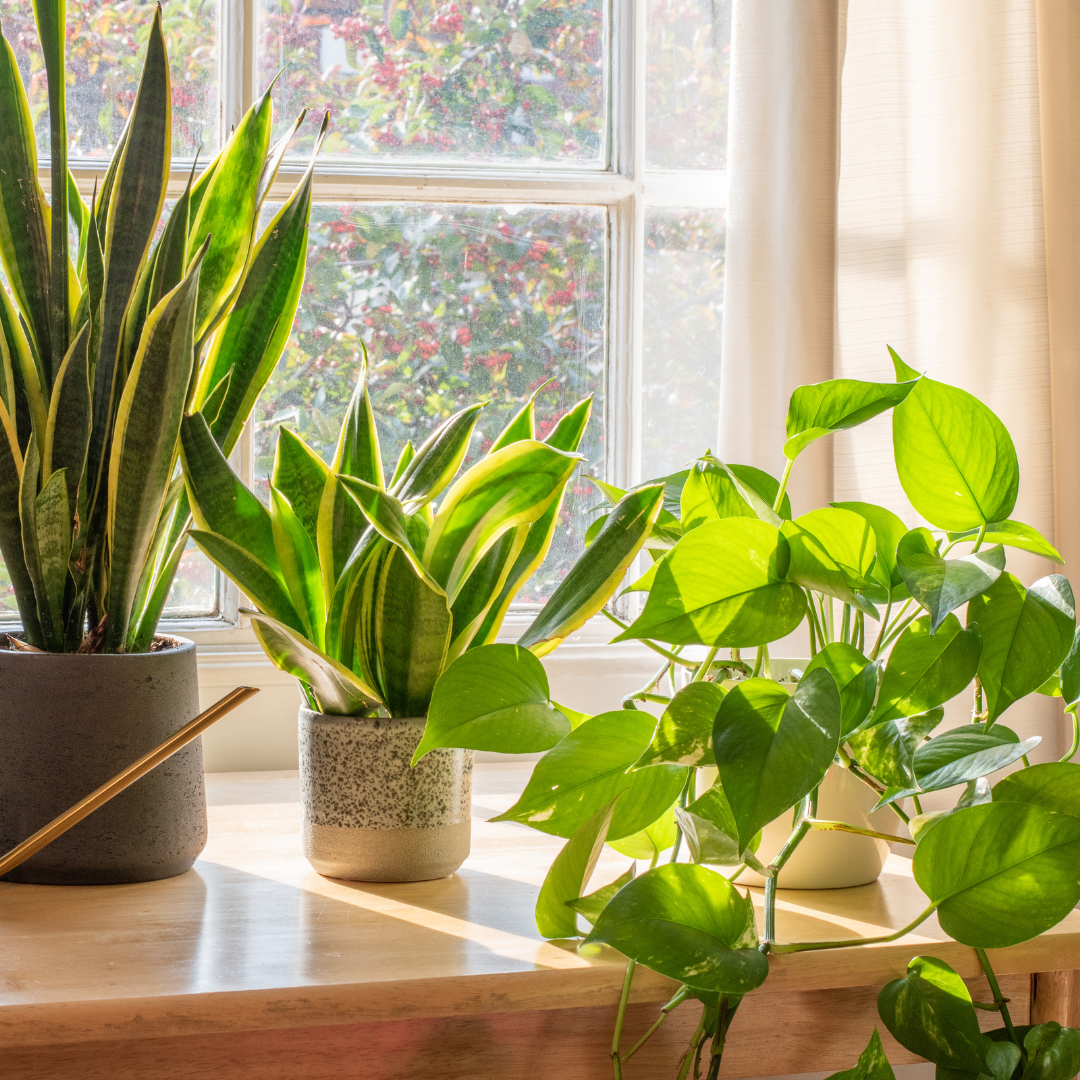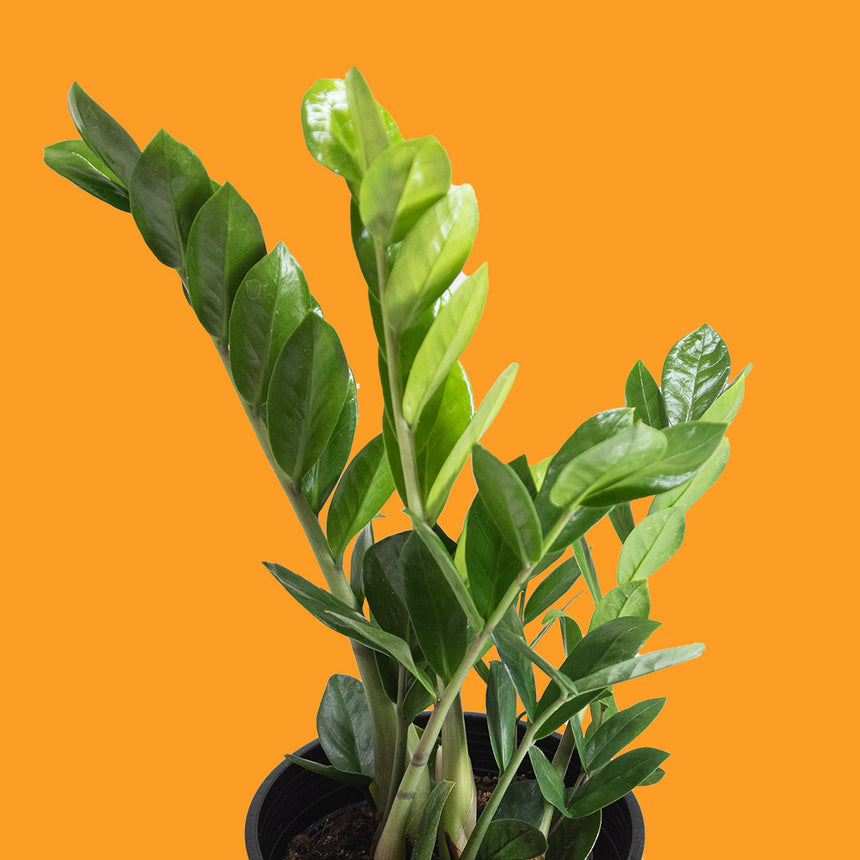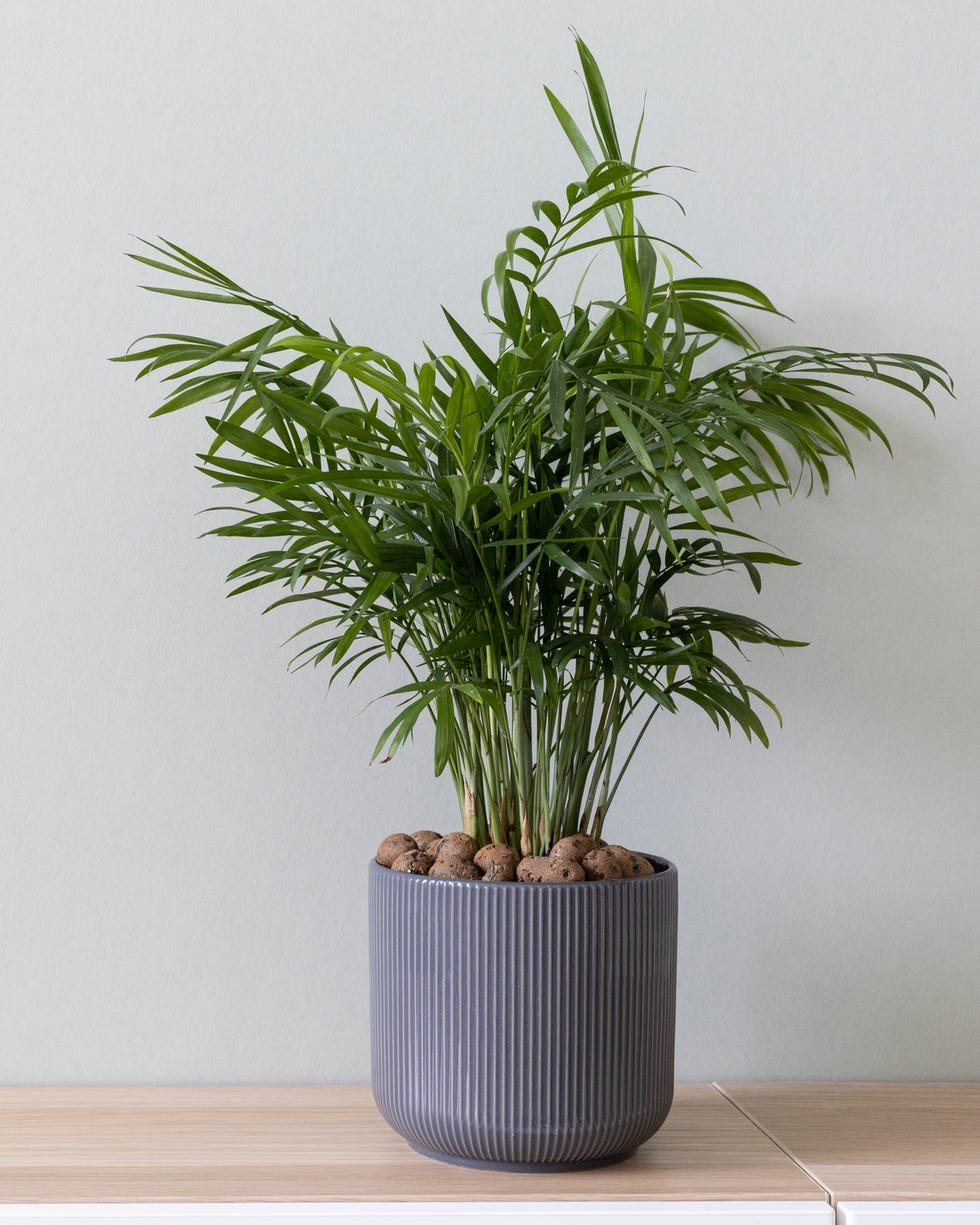Transform Your Home With Beautiful Low-Light Indoor Plants and Their Advantages
Incorporating low-light indoor plants right into your home can significantly enhance both the ecological and aesthetic top quality of your space. These plants, which thrive in dark conditions, serve not only as attractive elements however additionally as natural air purifiers, making them ideal for metropolitan occupants or those with limited sunlight direct exposure. As we explore the various kinds of low-light plants and their advantages, you may locate surprising methods to incorporate them right into your home that can change your surroundings in methods you could not have anticipated.
Advantages of Low-Light Plants
Low-light plants offer many benefits for interior atmospheres, making them an outstanding selection for both beginner and skilled garden enthusiasts. One of the primary benefits is their adaptability to low-light problems, permitting individuals to improve their home without the demand for considerable sunlight direct exposure. This characteristic makes them suitable for apartment or condos, offices, and various other locations with limited all-natural light.

Furthermore, integrating low-light plants right into home décor can boost the visual appeal of an area. Their lavish foliage and varied appearances develop a calming ambience, contributing to general health. Finally, the visibility of greenery has actually been linked to decreased stress degrees and enhanced efficiency, making low-light plants a practical choice for improving both psychological and physical wellness in indoor setups.
Top Low-Light Indoor Plants
While numerous interior plants thrive in brilliant light, a number of species are especially well-suited for low-light conditions, making them excellent for numerous interior areas. One prominent choice is the Snake Plant (Sansevieria), recognized for its striking upright leaves and resilience, requiring minimal treatment. An additional excellent alternative is the Pothos (Epipremnum aureum), which features heart-shaped leaves and can track perfectly from shelves or wall mounts, flourishing in reduced light and adding a lush touch.
The ZZ Plant (Zamioculcas zamiifolia) is celebrated for its glossy fallen leaves and capability to stand up to disregard, making it ideal for busy way of livings. In a similar way, the Peace Lily (Spathiphyllum) not only tolerates reduced light yet additionally generates sensational white flowers, improving any kind of space's visual.
For a distinct touch, think about the Cast Iron Plant (Aspidistra elatior), which indeed measures up to its name, thriving in the darkest corners of your home. Finally, the Chinese Evergreen (Aglaonema) offers a range of fallen leave patterns and shades while being exceptionally forgiving in low-light problems. These plants not only enhance interior settings but additionally contribute to air filtration, enhancing your living room.
Care Tips for Low-Light Plants

Sprinkling techniques are important; these plants typically choose slightly completely dry conditions. Overwatering can lead to root rot, so make certain that the top inch of soil is dry prior to sprinkling once again. Use pots with water drainage openings to enable excess wetness to escape.
Moisture is one more vital element. Lots of low-light plants, such as ferns and tranquility lilies, benefit from higher moisture levels. To boost humidity, consider misting the fallen leaves or positioning a tray of water near the plants.
Fertilizing must be come close to with care. During the growing period, utilize a thinned down, balanced fluid fertilizer monthly to sustain development, yet avoid fertilizing during the dormant cold weather.

Imaginative Ways to Show Plants
Indoor plants can work as exciting centerpieces in any kind of room, improving both visual appeal and atmosphere. Imaginative displays can boost the visual impact of low-light plants, making them an important component of your home decor. One efficient technique is to make use of tiered plant stands, which permit you to showcase multiple plants at varying heights while making the most of floor area.
Hanging planters are one useful source more cutting-edge alternative, developing a feeling of deepness and attracting the eye upward. Think about macramé hangers or wall-mounted shelves to present an one-of-a-kind appearance and design.
For a more structured method, use geometric terrariums or glass containers to house your plants, including a modern-day touch to your indoor yard. You can also repurpose classic items, such as teacups or wood pet crates, for an eclectic screen that reflects your personality.
Enhancing Home Atmosphere With Plants
Integrating low-light plants right into your home not only improves aesthetic appeal however additionally contributes significantly to the general setting. These plants work as all-natural style elements, introducing a feeling of serenity that can transform any kind of room. The existence of plant cultivates a calming atmosphere, which is specifically helpful in high-stress environments such as home offices or living rooms.
Low-light plants, such as snake plants, pothos, and ZZ plants, are not only visually pleasing but also enhance interior air quality read the full info here by filtering system toxins. This double feature enhances the atmosphere even more, producing a much healthier home (Best low-light indoor plants). The critical positioning of these plants can also affect the perception of space; for instance, high plants can attract the eye upward, making ceilings appear higher and rooms more roomy
Additionally, differing appearances and shades of vegetation add deepness to interior decoration, enabling for creative expression in home designing. Whether positioned on shelves, in edges, or as focal points, low-light plants can raise the mood of any room. In recap, incorporating these plants into your home is a reliable method to foster a cozy, inviting atmosphere while gaining the advantages of boosted air high quality and aesthetic versatility.
Verdict
Integrating low-light interior plants right into home environments provides countless benefits, consisting of enhanced visual appeal and enhanced air top quality. These resistant plants, such as the Snake Plant and Peace Lily, need minimal light and maintenance, making them ideal for varied lifestyles.
While numerous interior plants prosper in bright light, a number of varieties are particularly fit for low-light conditions, making them ideal for different indoor areas. One efficient technique is to use tiered plant stands, which enable you to display multiple plants at varying heights while taking full advantage of flooring space.
Low-light plants, such as snake plants, pothos, and ZZ plants, are not just visually pleasing yet also boost indoor air high quality by filtering toxins. Best low-light indoor plants. The calculated placement of these plants can likewise influence the perception of area; for circumstances, tall plants can attract the eye upward, making ceilings appear higher and rooms much more large
These resistant plants, such as the Serpent Plant and Peace Lily, require very little light and upkeep, making them ideal for varied way of livings.
Comments on “Best Low-Light Indoor Plants for Those with Limited Natural Light in Their Homes”